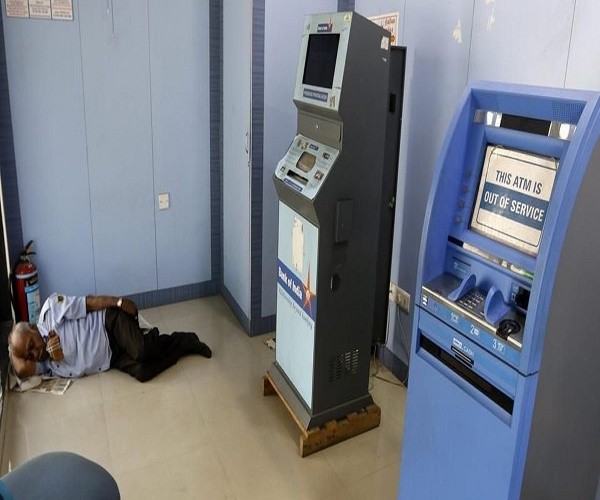The demonetisation period gains are back. It’s a bit like November 2016 all over again for Indian digital payment companies. With ATMs in several parts of the country running dry, their platforms are seeing a spike in transactions.
On April 19, Bengaluru-based PhonePe said it has seen a 20% increase in the value of peer-to-peer transactions on its app over the past few days. “What is noteworthy is that tier-2 and -3 cities have contributed to a disproportionately high number of transactions on our platform,” the payments app owned by e-tail major Flipkart said in an email statement.
Paytm, the country’s largest e-payments firm, has also witnessed “phenomenal growth” in both money transfers and QR-based payments (made by scanning barcodes) from its platform in recent days, chief operating officer Kiran Vasireddy told KhabarLive.
“We are noticing a positive uptake in person-to-merchant transactions from smaller shops and eateries along with a spike in more corporates and MSMEs (micro, small and medium enterprises) opting for digital disbursements,” Bhavik Vasa, chief growth officer of Mumbai-headquartered ItzCash, said.
For several weeks now, ATMs in states like Andhra Pradesh, Telangana, Karnataka, Madhya Pradesh, Gujarat, Uttar Pradesh, Bihar, and Manipur have been out of cash. The government has blamed “unusual demand” for this, while the RBI has cited “logistical issues” in cash supply.
This comes around 17 months after the e-payment companies’ first moment under the sun. On November 8, 2016, the Narendra Modi government demonetised two high-value currency notes abruptly. The move sucked out 86% of the currency in circulation by value, generating a windfall for e-wallets. Paytm, for instance, registered over five million new users in two weeks post-demonetisation; Mobikwik saw a 40% jump in app downloads in the same period.
However, as cash returned to the market, these companies lost steam. By November 2017, digital transactions had dropped to pre-demonetisation levels, both in terms of the number of transactions and value, according to Reserve Bank of India data.
Most recently, in February this year, the total value of digital transactions in India fell to Rs115 lakh crore ($1.75 trillion), down 12% from the previous month, according to RBI data. The number of such transactions also fell marginally from 1.12 billion in January to 1.09 billion in February. #KhabarLive







